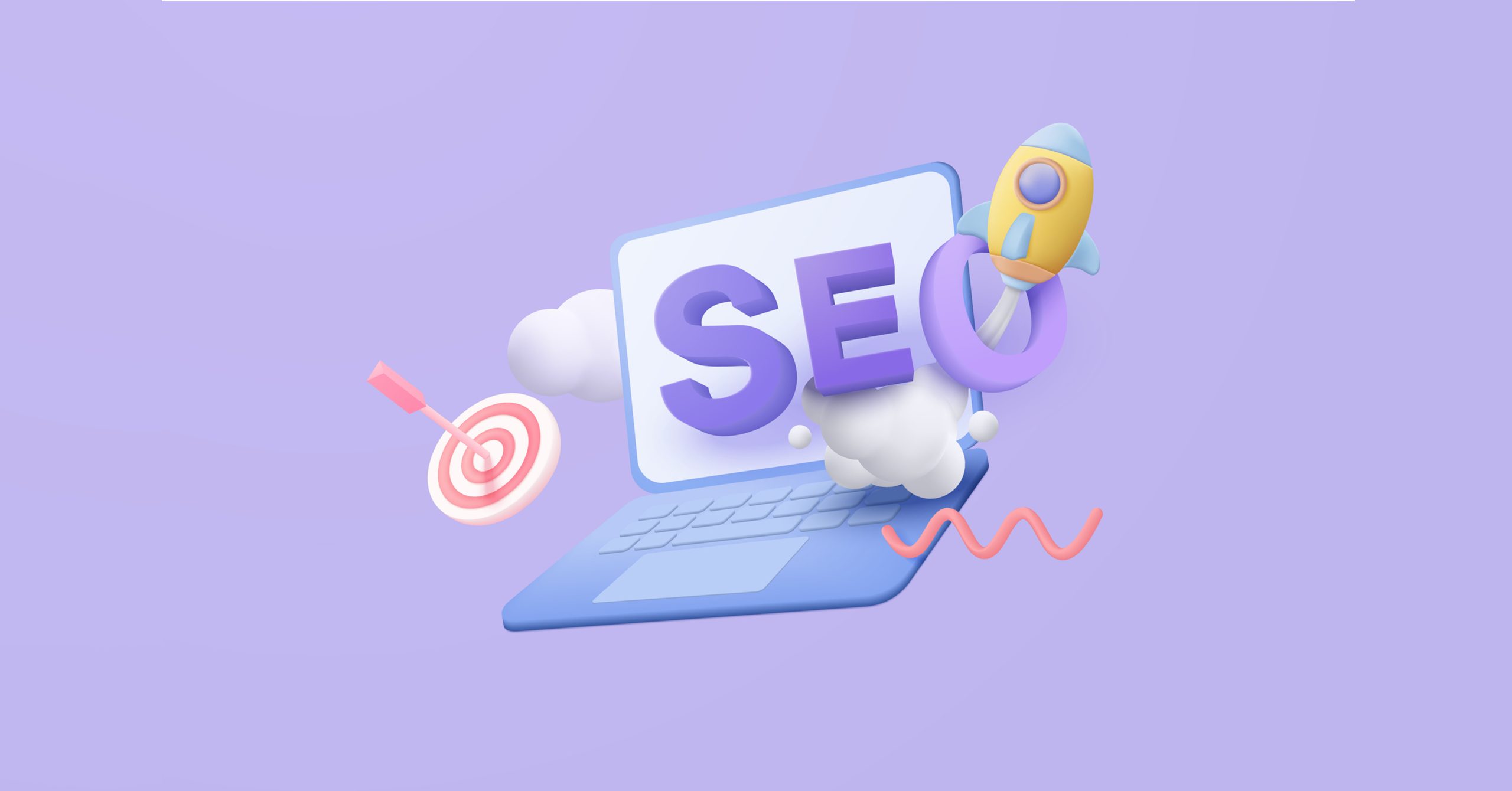Many businesses today include an FAQ page on their website, but not all businesses understand the significant role an FAQ page can play in SEO. Furthermore, many FAQ pages are left unchanged for years and contain a lot of out-of-date information. This can be both confusing for customers and detrimental to the business. Here we look at the components of a strong FAQ page as well as some real-world examples.
In this blog we will cover:
- What is an FAQ page?
- What should I include on an FAQ page?
- How to write an FAQ for a website
- FAQ page design ideas
- 10 FAQ page examples
What is an FAQ page?
The acronym FAQ stands for frequently asked questions. When we look at business websites, an FAQ page is a list of questions commonly asked and relevant to a particular business. A well-written and structured FAQ page can help improve customer experience as the web visitor can easily find the answer to their question. Your FAQ page should include a list of the most common questions asked by your customers and to structure one well, you should have input from those that answer customers’ queries.
What should I include on an FAQ page?
The clue is in the title; what questions are frequently asked by your audience? A well-designed and thought-out FAQ page can improve user experience and customer service. If a customer can find the answer to their question on your website, this reduces the need for them to phone your business and speak to a member of customer support or a relevant person. This saves employees time as they are not continually answering the same question.

How to write an FAQ for a website
Your FAQ pages are a knowledge base for many internet users. They are also likely to appear in search engines and under the list of questions people may ask. Are you aware of the factors to consider in the process of designing your FAQs?
- Choose the right questions and answers – This may seem an obvious choice, but there have been instances where FAQ pages are made up of random Q&A’s that the business could not fit elsewhere on the website. Your FAQ page is a list of frequently asked questions so make sure these are typical questions reflective of what your customers and website users ask!
- Create a separate page – If a question is being asked or searched regularly, and the answer is only on the FAQ page, you should consider creating a separate web page for that question (again you can link to this page from your FAQ page).
- Work with relevant departments to build your FAQ section – If you work in a large organisation with different departments, make sure you get input from everyone. Ask each group to answer some of the most frequent questions they get asked and formulate them into an FAQ.
- Write complete and concise answers – When answering any of the questions, you want to make sure that you completely answer the question.
- Periodically update and check the page – Make sure that you regularly maintain your FAQ page. This includes updating any questions, adding, or removing questions and even optimising the page for SEO.
FAQ page design ideas
Once you have decided on what your FAQ page will include, you’ll need to look at some design ideas for the page.
- Use your FAQ page/s as a navigation tool – Give a brief answer to the question on the FAQ page but use anchor text to link to more detailed information. Make sure you use descriptive anchor text rather than “click here.” For example, this guide to creating website marketing strategies will help small businesses with both organic and paid-for strategies. You can even link out to your product or service pages.
- Include a search bar – Your website should have a search bar at the top of the page, which a user can use to find answers to their questions. There is nothing worse than having to scroll through reams of questions to find an answer. This can lead to discontent with users who may choose to leave your website and visit a rival site.
- Consider your layout – Instead of just having a page crammed full of questions and answers, consider how you will lay the page out. Accordion menus are a fantastic way to give the page a clean feel.
- Have a navigation bar – Website navigation is one of the most essential facets of a website. Strong navigation can help users get around your website with ease. You can also link to your FAQ page in your navigation header/footer.
- Optimise for SEO – A keyword-optimised FAQ can lead to your result appearing in search results, potentially gaining a new customer. You can also link to other pages from your FAQ page. Internal linking can also give your SEO a boost.
10 FAQ page examples
We have searched the internet and found some of our favourite FAQ website examples. We have tried sourcing from as many different industries as possible to give a wide breadth of examples.
Travel website – TUI
TUIs FAQ page is well organised into buckets of information such as pre-holiday, travel details, and when you are on holiday. This helps a user find what they need much more easily. In addition, there is also a search bar where a user can enter up to 120 characters to help them navigate to the answer.

Image credit – TUI
Social Website – WhatsApp
You instantly recognise the brand colour and look of WhatsApp. A sidebar can help with brand recognition as well as Q&As for the selected topics. The main page includes a search bar to help a user. In addition, the buckets include popular topics with simplistic imagery and a small amount of text.

Image credit – WhatsApp
Fast Food – McDonald’s
Do you have 946 questions for McDonald’s? Well, that is their current number of FAQ results, so even the most inquisitive of users should be satisfied. McDonald’s uses a simplistic design of black text on a white background with the golden colour used to highlight features such as the search bar.

Image credit – McDonald’s
Remember earlier when we said that your FAQs can help with featured snippets on Google? Searching for “Do McDonald’s use organic milk in all their products?” on Google, you can see that McDonald’s has the featured snippet.

Image credit – Google
Entertainment – Spotify
Spotify has 2 different FAQ pages. The first one is managed by Spotify (see image 1) and the second is its own community page where users contribute to the answer, posed by someone. Both these pages show up in search and with the community page featuring above Spotify’s own page.

Image credit – Spotify

Image credit – Spotify Community
Sportswear – JD Sports
The King of Trainers also boasts a great FAQ page. This page includes a typical search bar and a list of FAQs; however, they also have a carousel of FAQs throughout the page. This allows JD Sports to present as much information as possible without overloading the user. The user can choose to swipe through the carousel, which is made up of high-level topics, with several of their most asked questions.

Image credit – JD Sports
Education – University of Manchester
A lot of university FAQ pages do not have a search bar; however, Manchester University has combatted this by having a contact us section highlighted at the bottom of the page.

Image credit – University of Manchester
Retail – Marks & Spencer
M&S has an extensive FAQ section. You can click any header on the side navigation to narrow your search. M&S Also include their top 5 (well 6) FAQs. We also particularly like the addition of the find a store map feature and the ability to contact customer service.

Image credit – Marks & Spencer
Medical/Healthcare – Specsavers
Specsavers website FAQ page includes the most asked questions and side navigation to help you narrow your search. The search bar at the top of the page also allows users to search for an answer.

Image credit – Specsavers
Service – Adobe
Adobe has a separate FAQ page for each of its services. Their FAQ page also includes a search bar and even an option to message an operator. One thing that makes this FAQ page stand out, is that it includes when it was last updated. This lets any user know if the FAQ page contains relevant, up-to-date information.

Image credit – Adobe
On brand – Cards Against Humanity
Cards Against Humanity calls their game “a party game for horrible people” and their FAQ page is no exception. True to brand their answers are much more sarcastic than a traditional FAQ.

The “still need something box continues with the theme, showing you the following 2 boxes to allow you to contact customer services.

We have given you advice on writing a FAQ as well as shown you practical real-world examples. Now is the time to go and craft your own FAQ page to attract users to your site and even get those elusive featured snippets!

Image credit – Cards Against Humanity
In summary, when writing a FAQ page always ensure that the questions included are those which are frequently asked. When designing your page, make sure you remain on brand.
If you want any help with any part of your digital marketing, contact us today. Did you know we also have a newsletter packed full of great advice, industry news, and even articles like this? Why not subscribe to our newsletter today? Don’t worry, we won’t send you hundreds of emails, in fact, we only send our newsletter out monthly!






